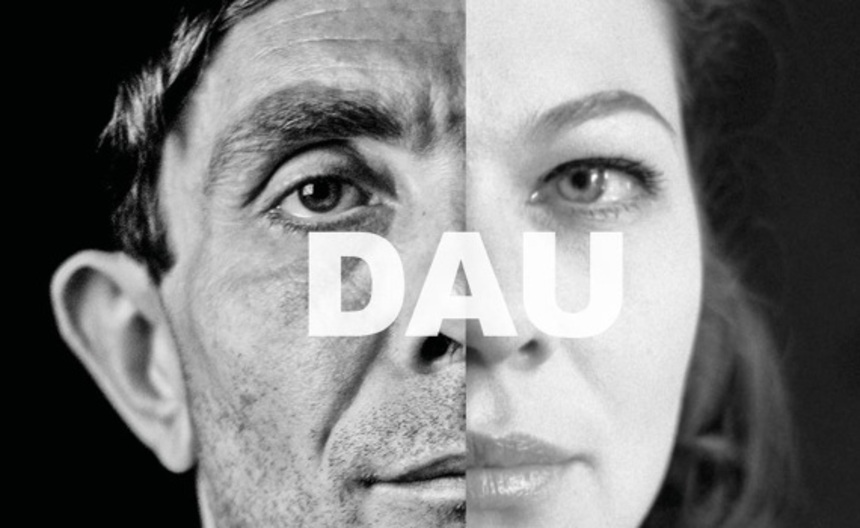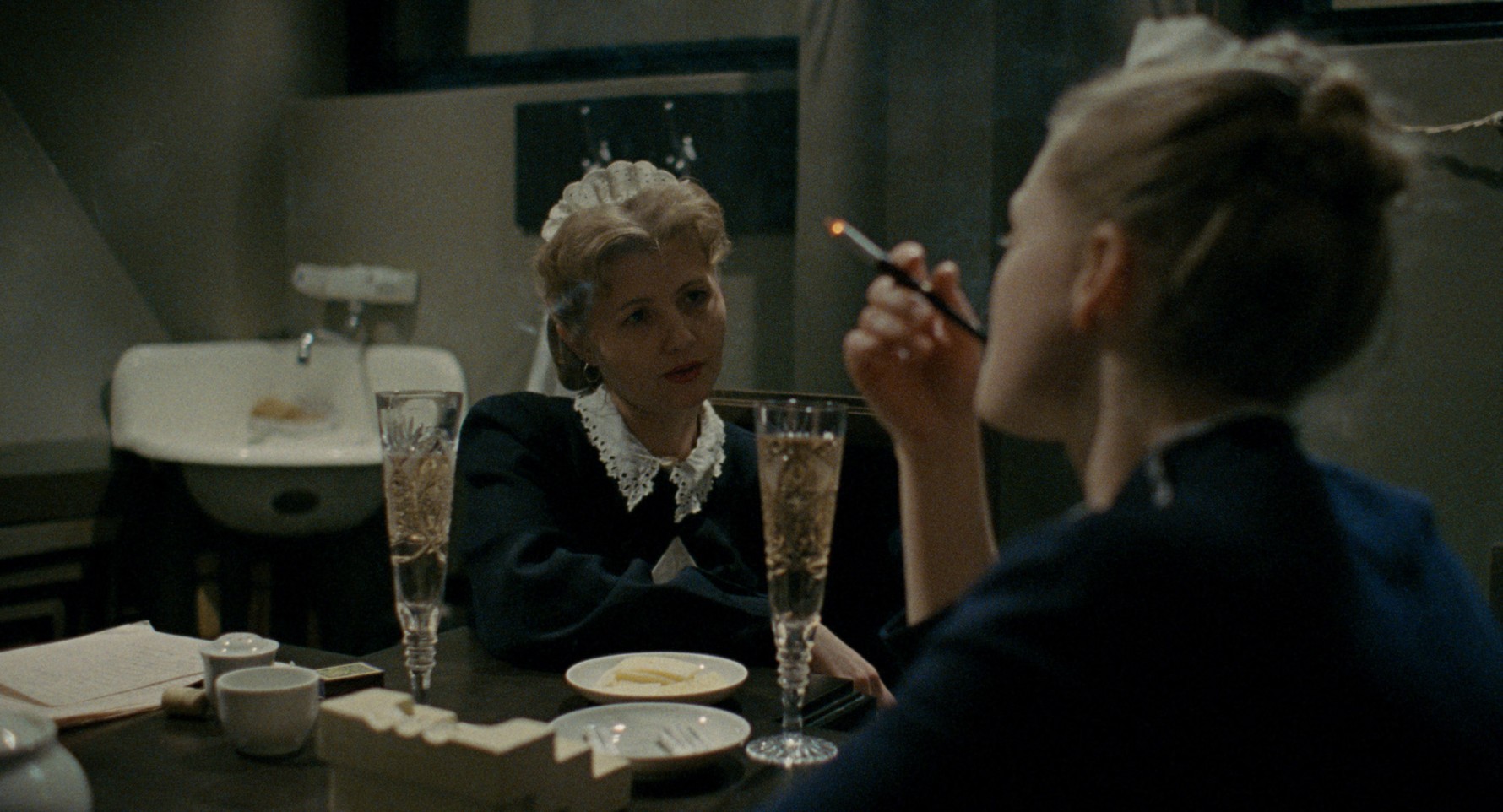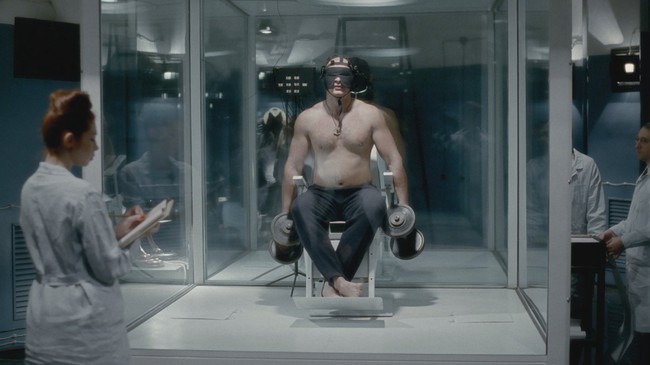Now Streaming: DAU, Controversial Project May Be a Work of Genius or Madman

The multidisciplinary art project DAU, asterminded by young Russian director Ilya Khrzhanovsky, became the stuff of myths the same way that Jodorowsky's Dune did.
The project, on an unprecedented and unimaginable scale, entered the art and cinema lore before it was clear whether it would come to full fruition. Unlike Jodorowsky's Dune, it did. Revealed in 2019 as a happening-theatre in Paris, the actors played their roles 24/7 in sets built to credibly resemble Stalinist Soviet Union-era. The actors were just continuing in living alternative lives they had been living nonstop on the sets from October 2009 to November 2011 in the largest film set to be ever created in Europe.
The first two oeuvres of a cinematic series spanning 14 parts, DAU.Natasha and DAU.Degeneration, were unveiled at Berlinale 2020 and soon became the talk of the town, mostly for their controversial nature revolving around un-simulated sex and abuse allegations. The project that originally started as a biopic about Soviet scientist Lev Landau mutated into gargantuan proportions, not just reconstructing Landau's life but creating an alternate reality of its own.

The actors, in 400 speaking roles, with 10,000 extras, had to experience their characters in a way that would make Konstantin Stanislavski proud. The strict regimen authentically recreated the life in "the Institute" from 1938 until 1968, not only with costumes (in total number of 40,000) but food and language as well throughout the entire run of the project. Whoever failed to observe the time warp was fined or kicked out of the project. Unlike the actors, the cameras were not rolling nonstop but were rolling for a 180-days long shoot that recorded 549 scenes, resulting in 700 hours of 35mm footage.
DAU.Natasha had been carved out of 25 hours, cut into 137-minute fragment following the tribulations of the eponymous protagonist, who runs a cafeteria, called the beating heart of the DAU universe, at the secret and mysterious Institute. Natasha's life (set between 1952 and 1953) is divided between her work and nightly alcoholic exploits.
On one such night, Natasha becomes close with a visiting foreign scientist, which not only lands her in the spotlight of KGB but into an interrogation cell, where she is subjected to humiliating questioning methods, veering into torture. In the spirit of the whole project, everything is performed naturalistically. The on-the-set ethics became the dark stain on the project, as all sorts of allegations of abuse have been raised against the director. The behind-the-scenes chronicles seem to be as rich as the project itself.
DAU.Degeneration clocks 355 minutes (out of 147 shot hours) and maps the downfall of the Institute -- it takes place 14 years after the events of DAU.Natasha -- following the KGB's idea of instilling discipline by transplanting a group of rowdy right-wing extremists among rather hedonistic scientists and students. The havoc is wreaked from the inside.
Both parts are available on the DAU platform starting on April 21







